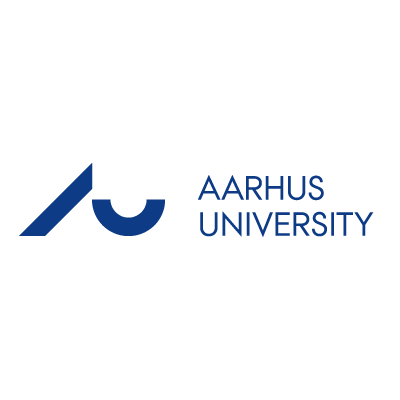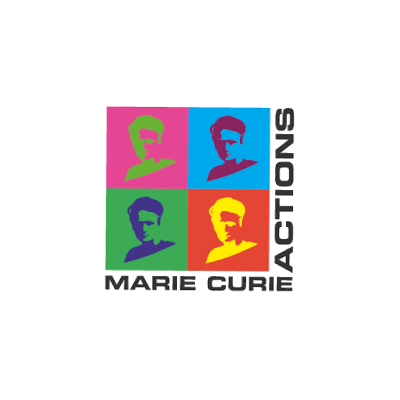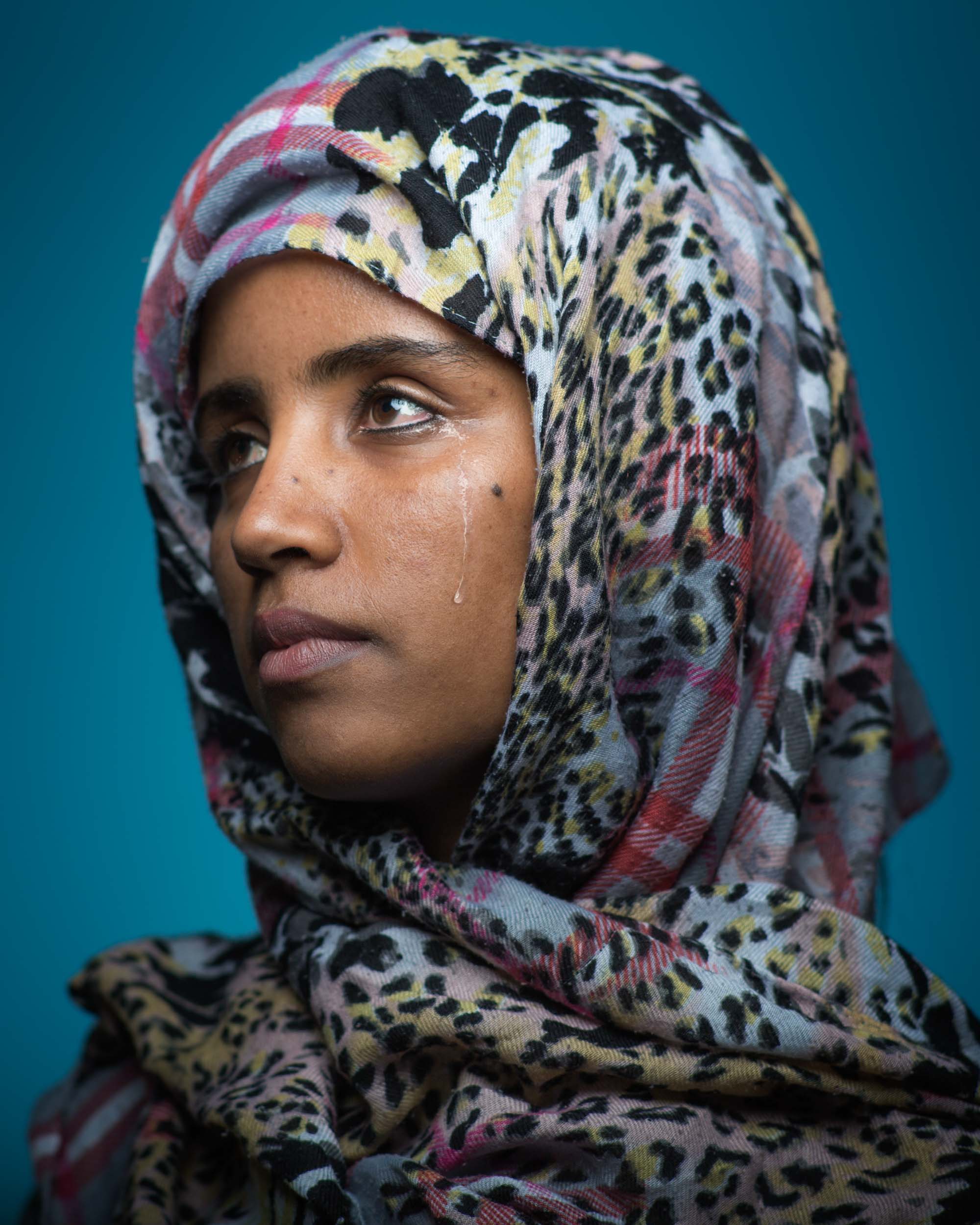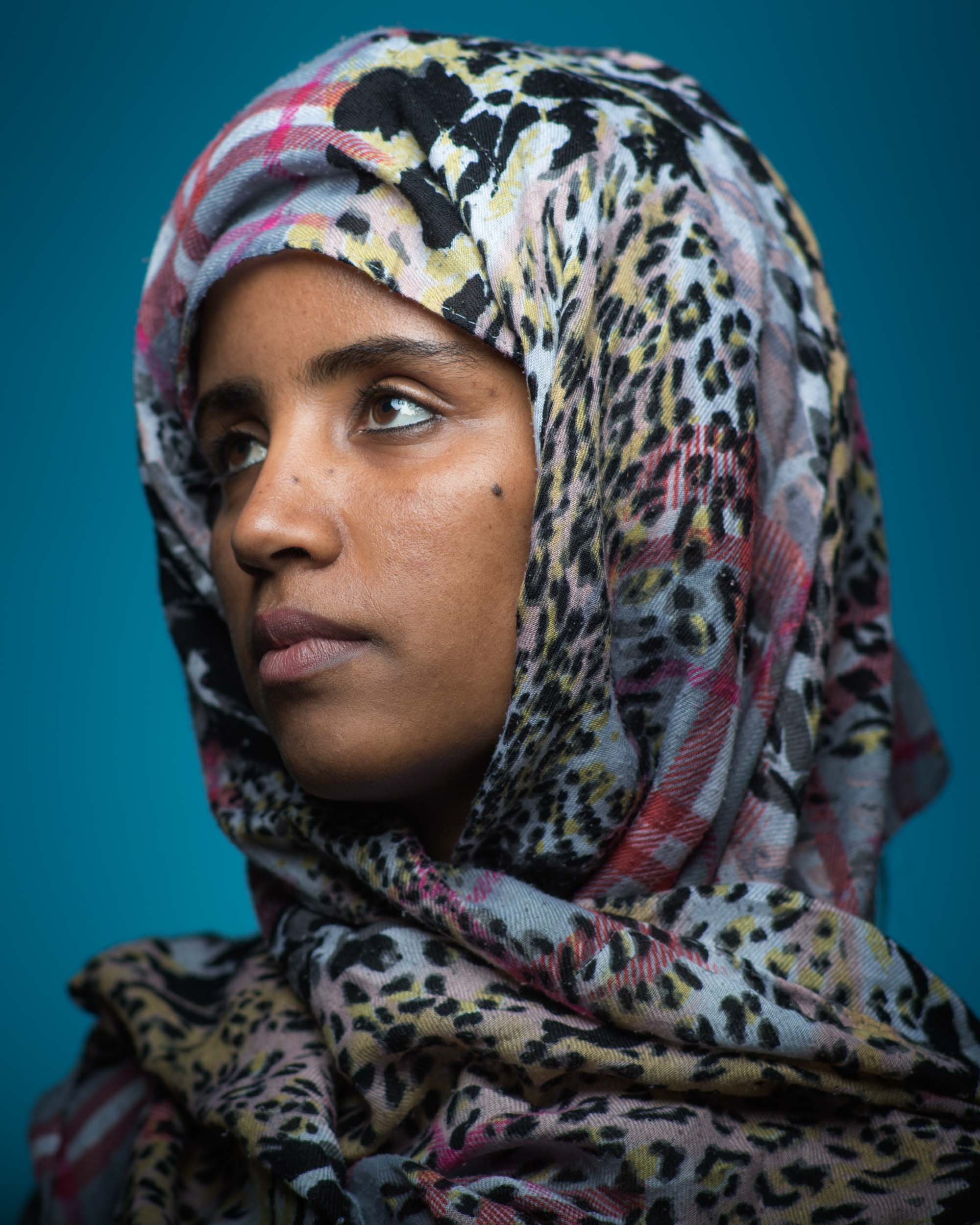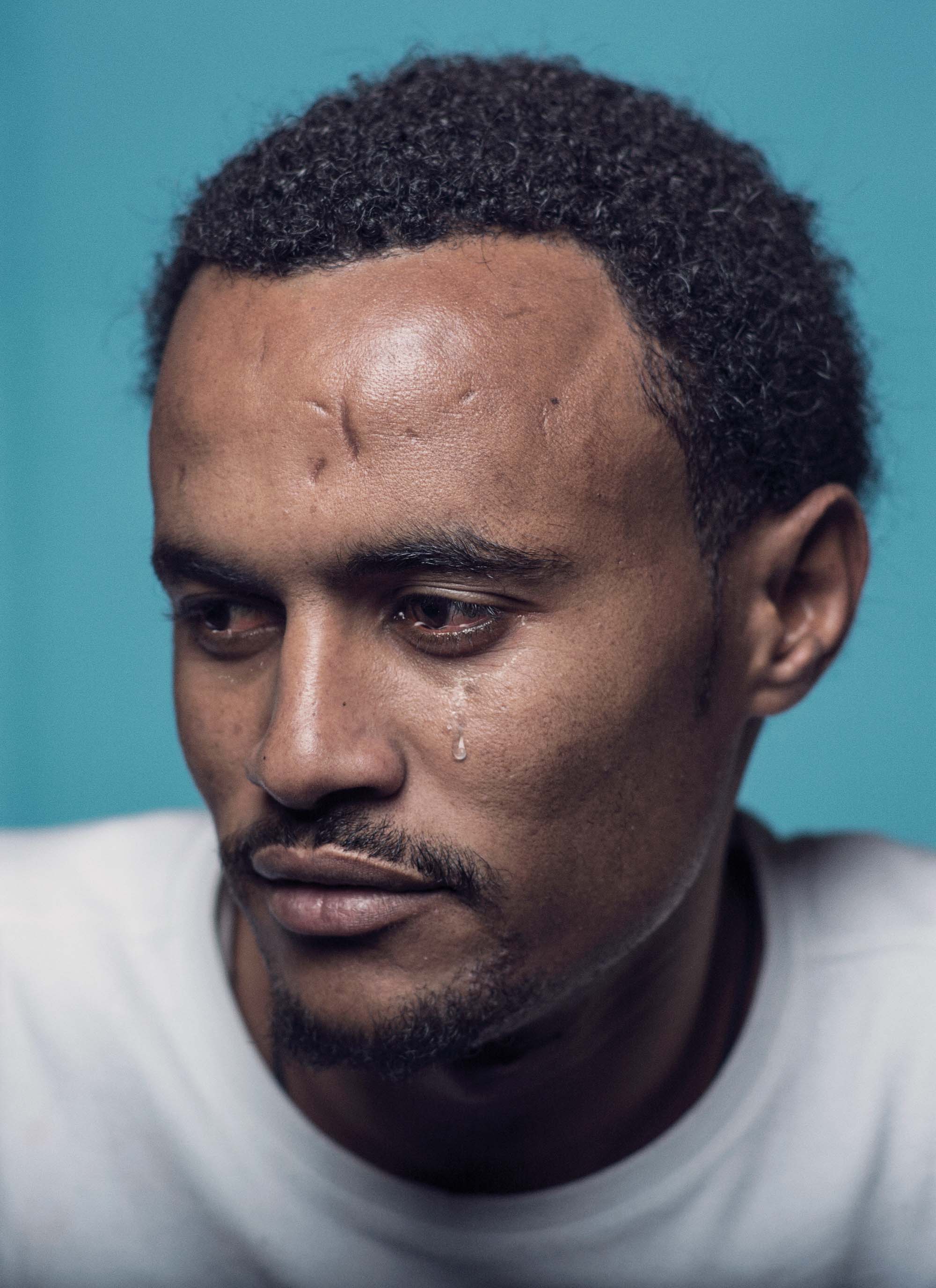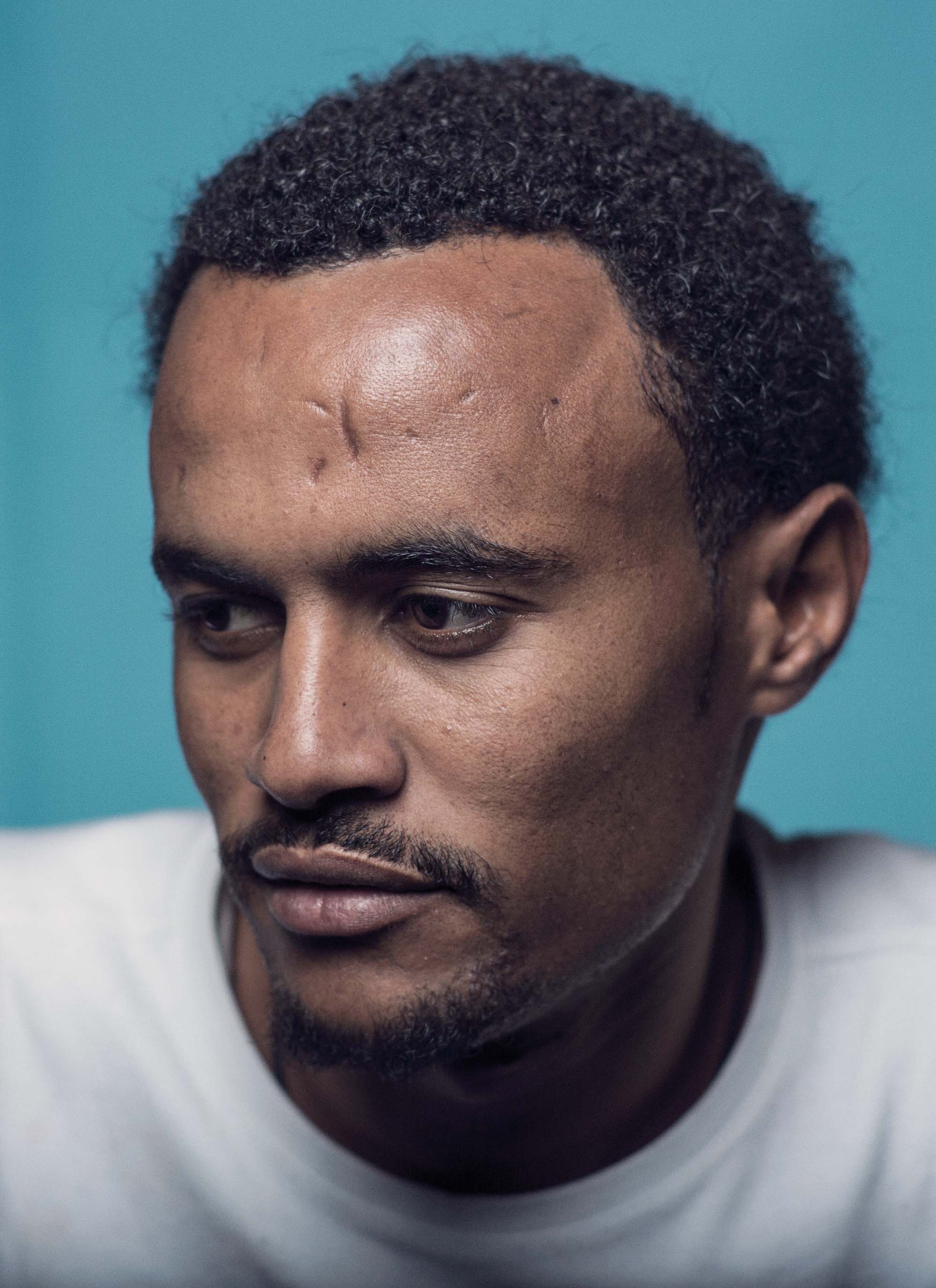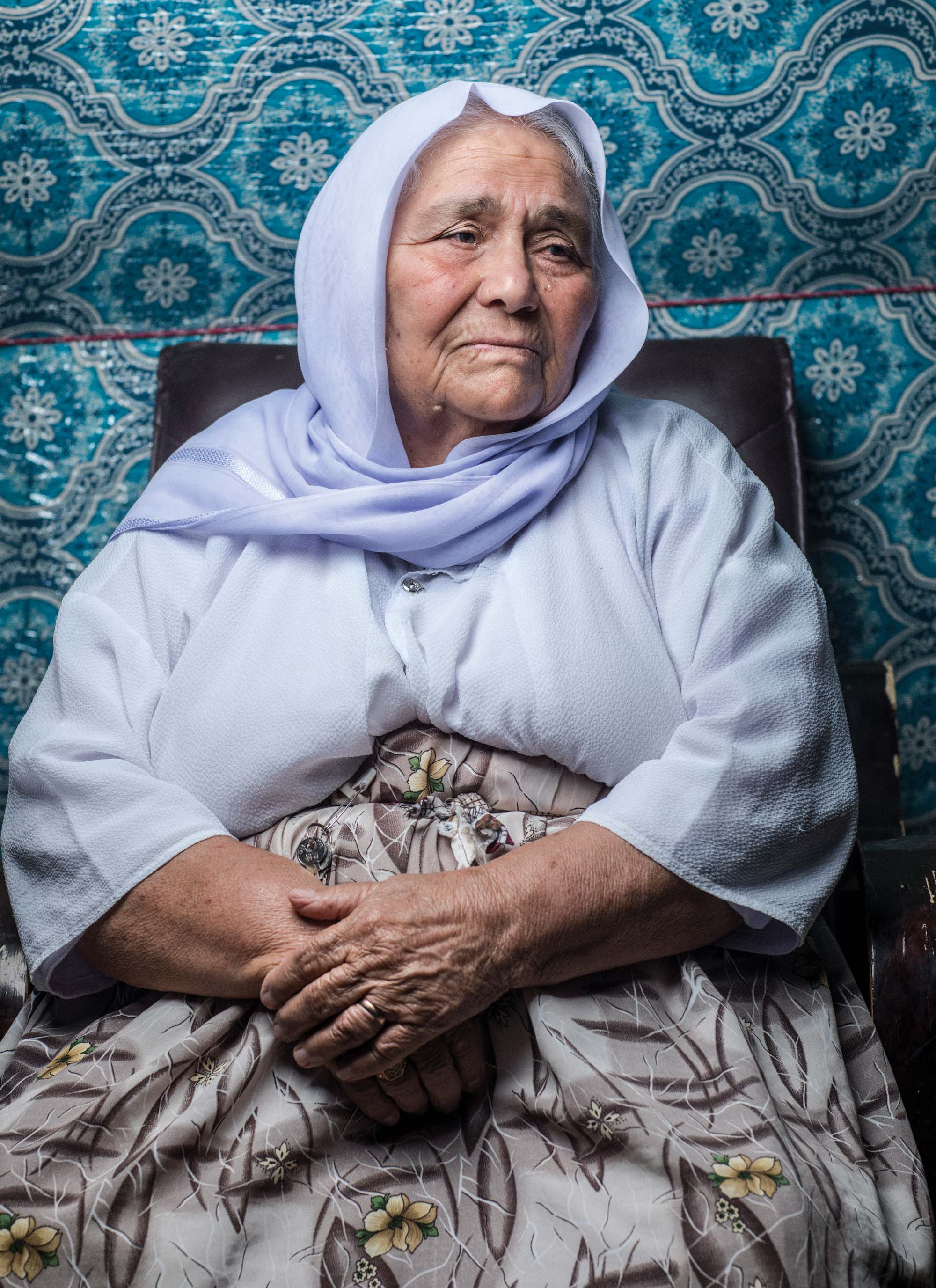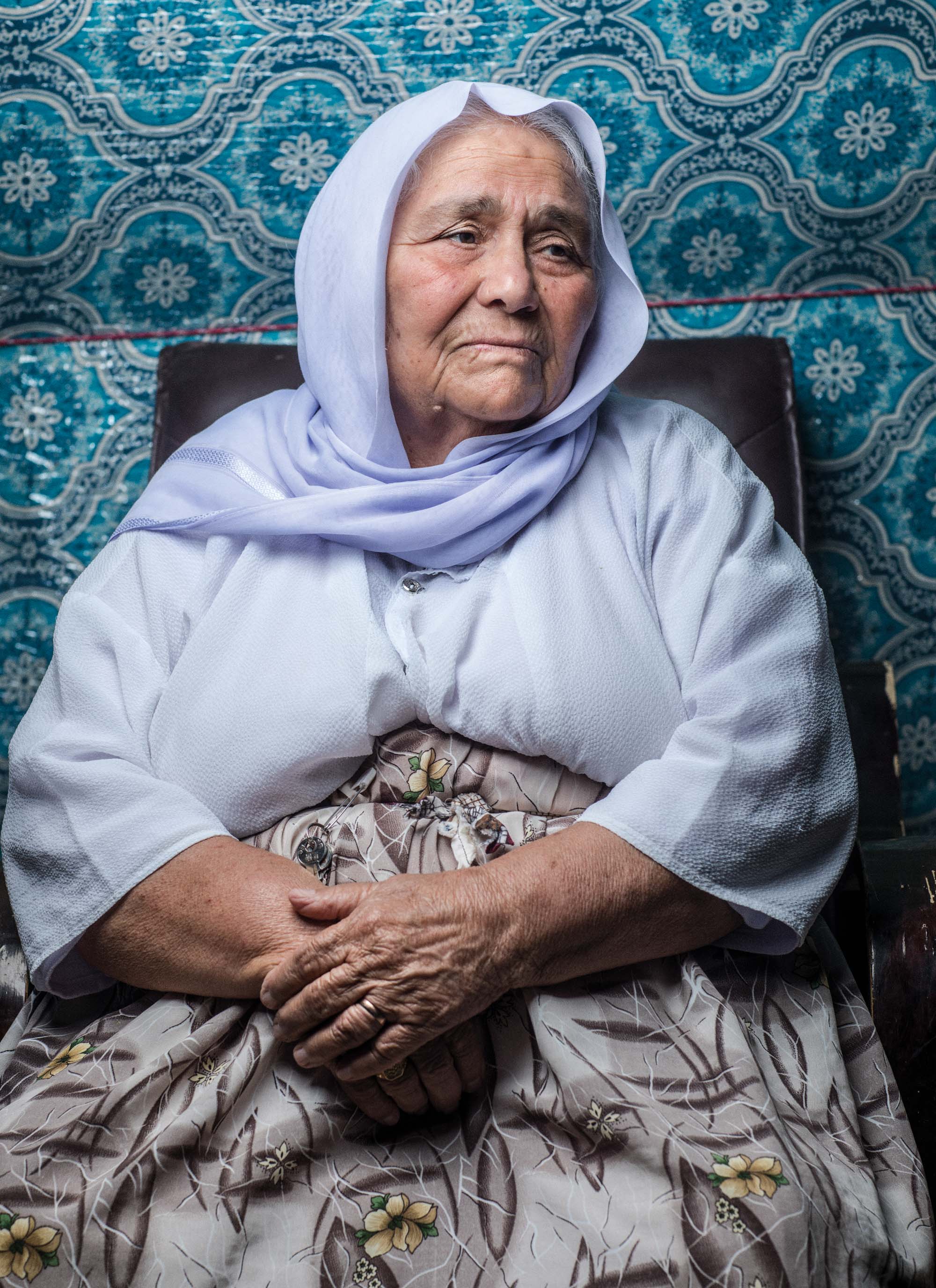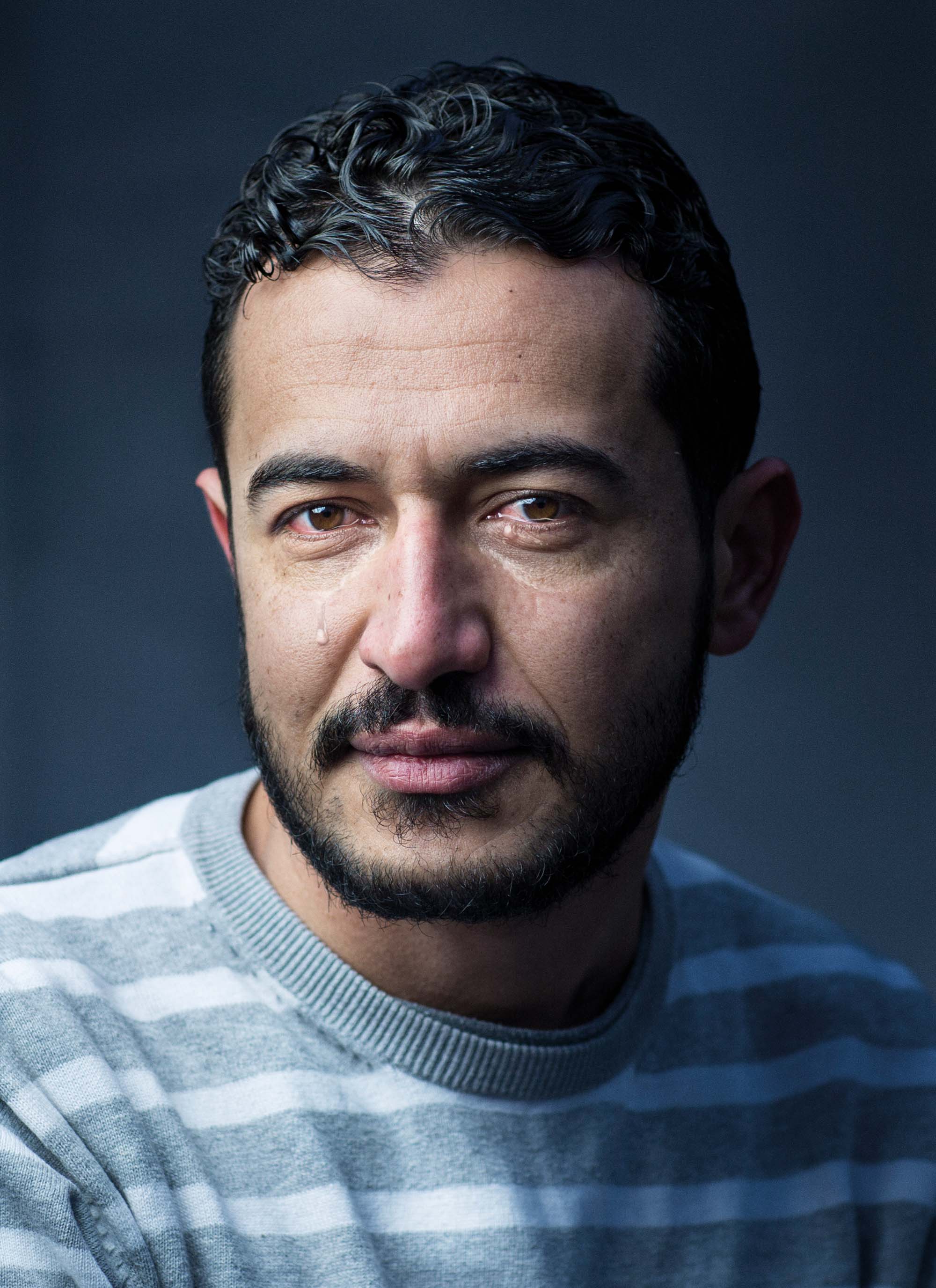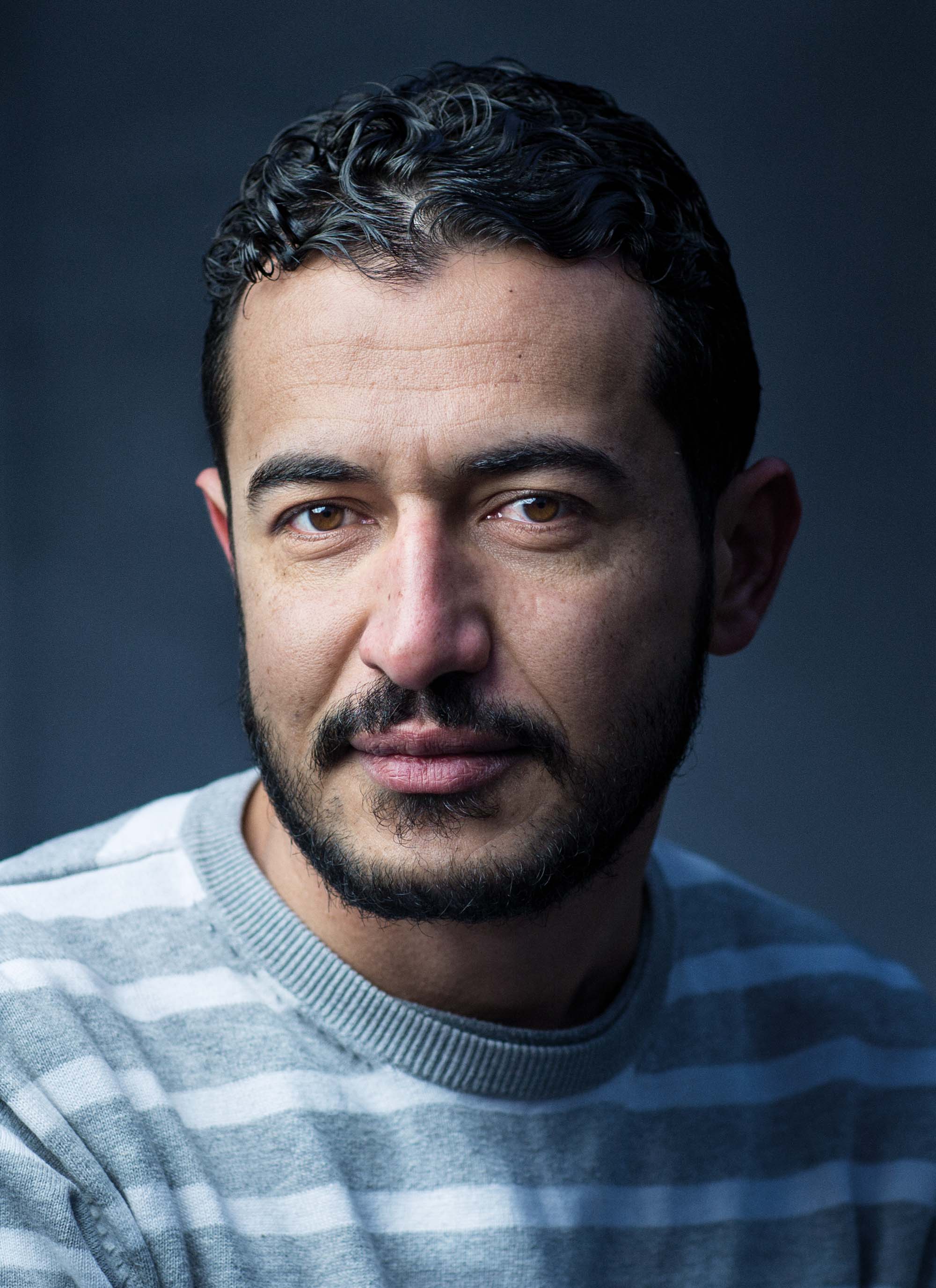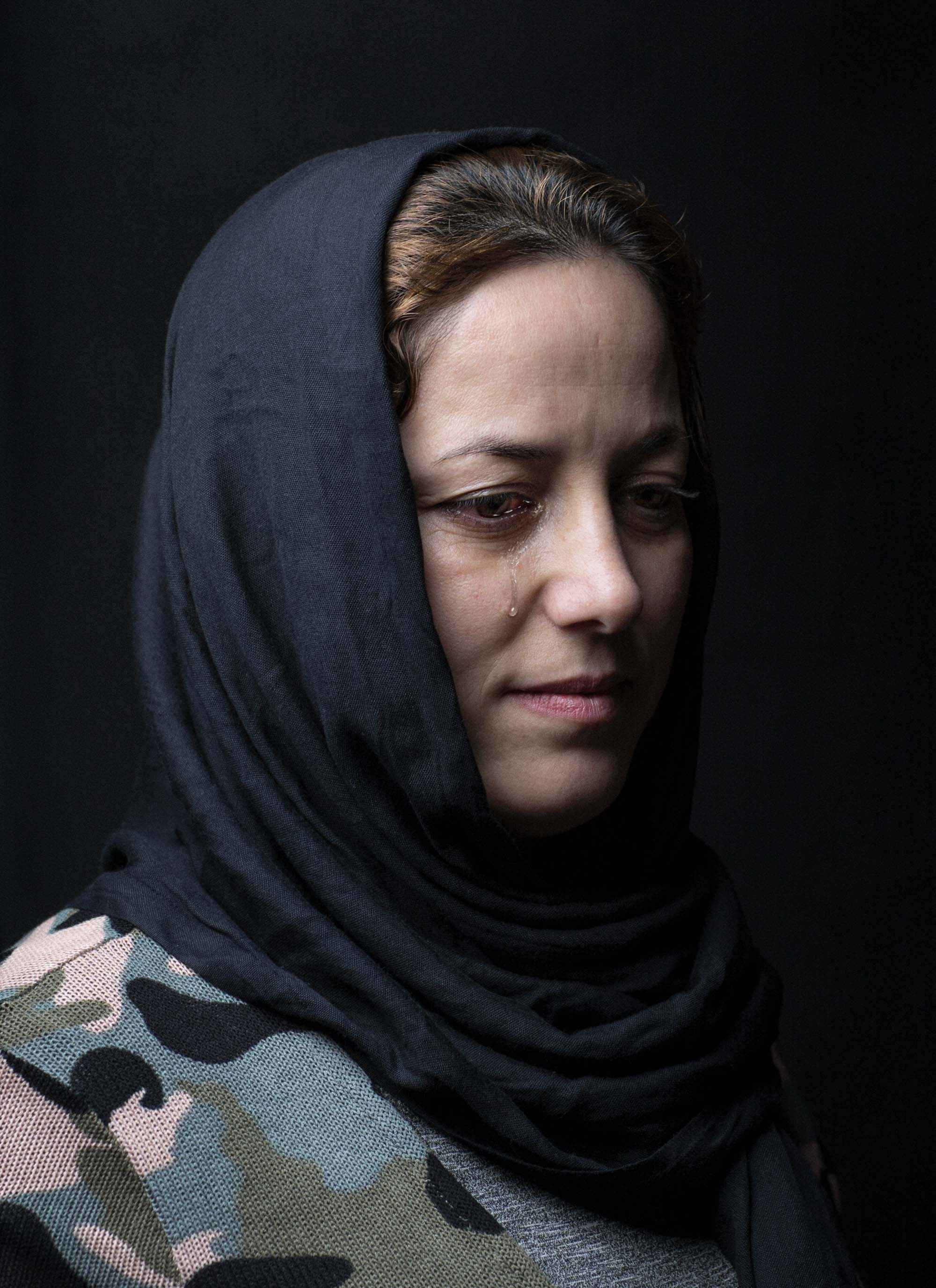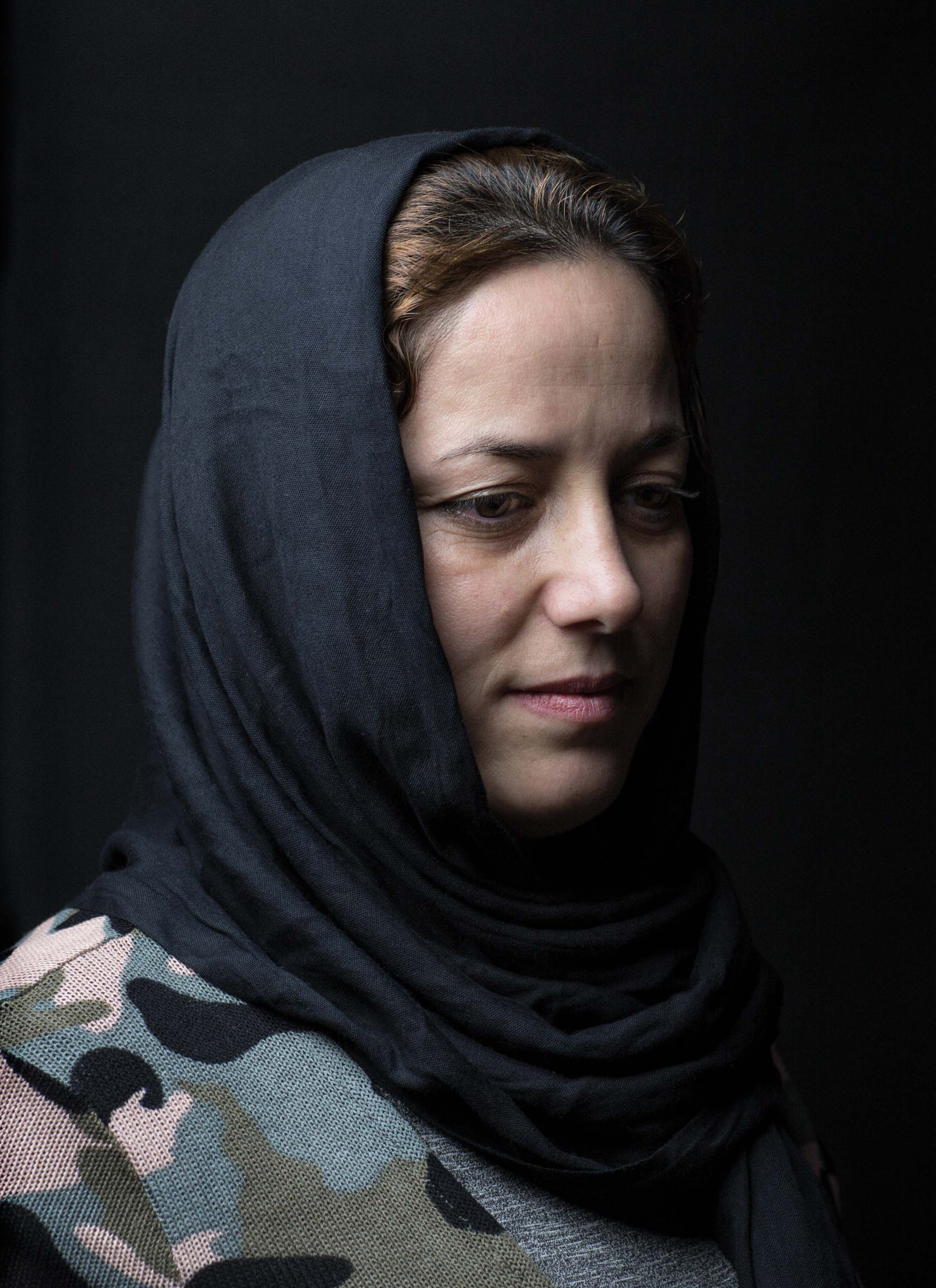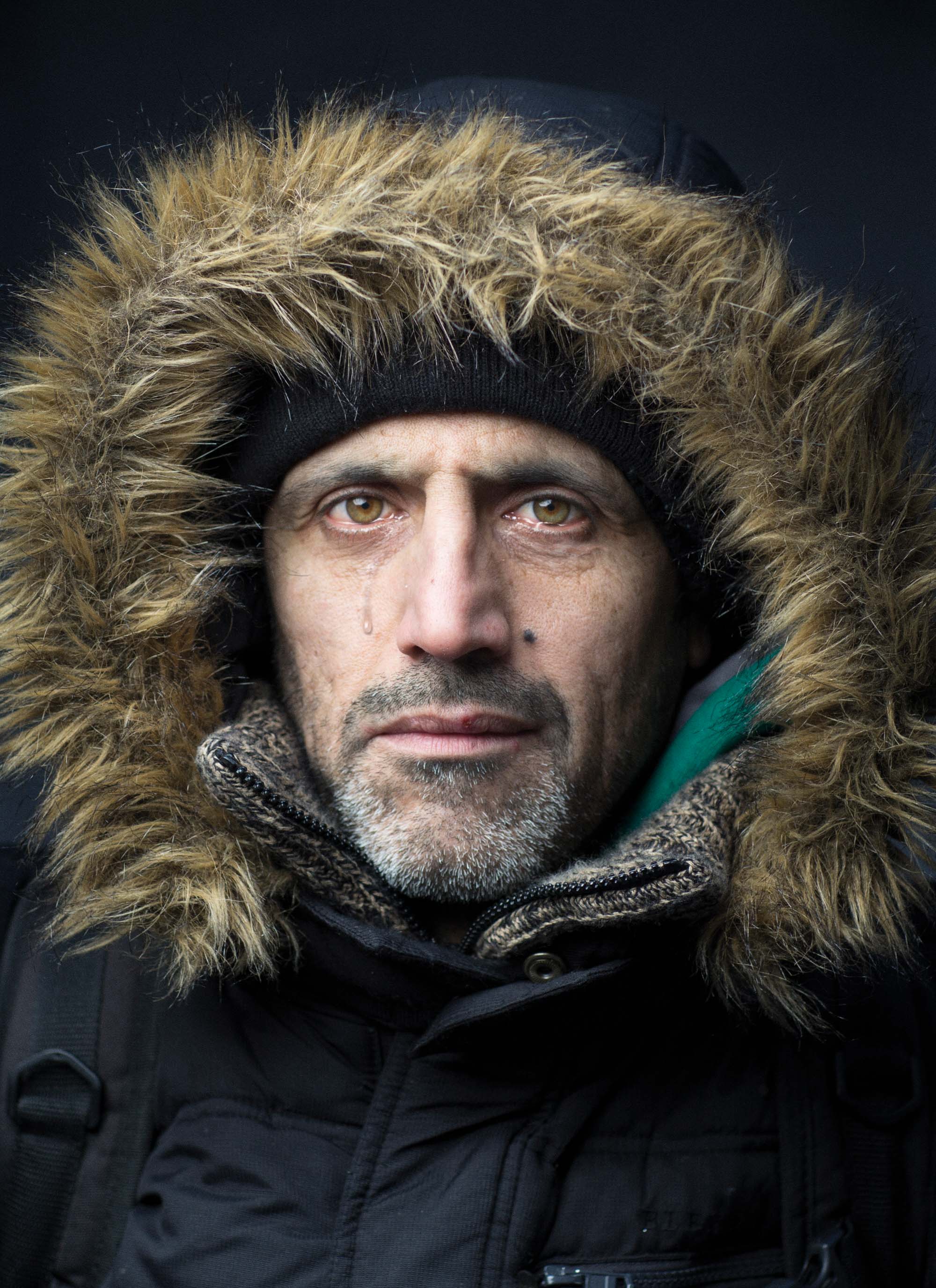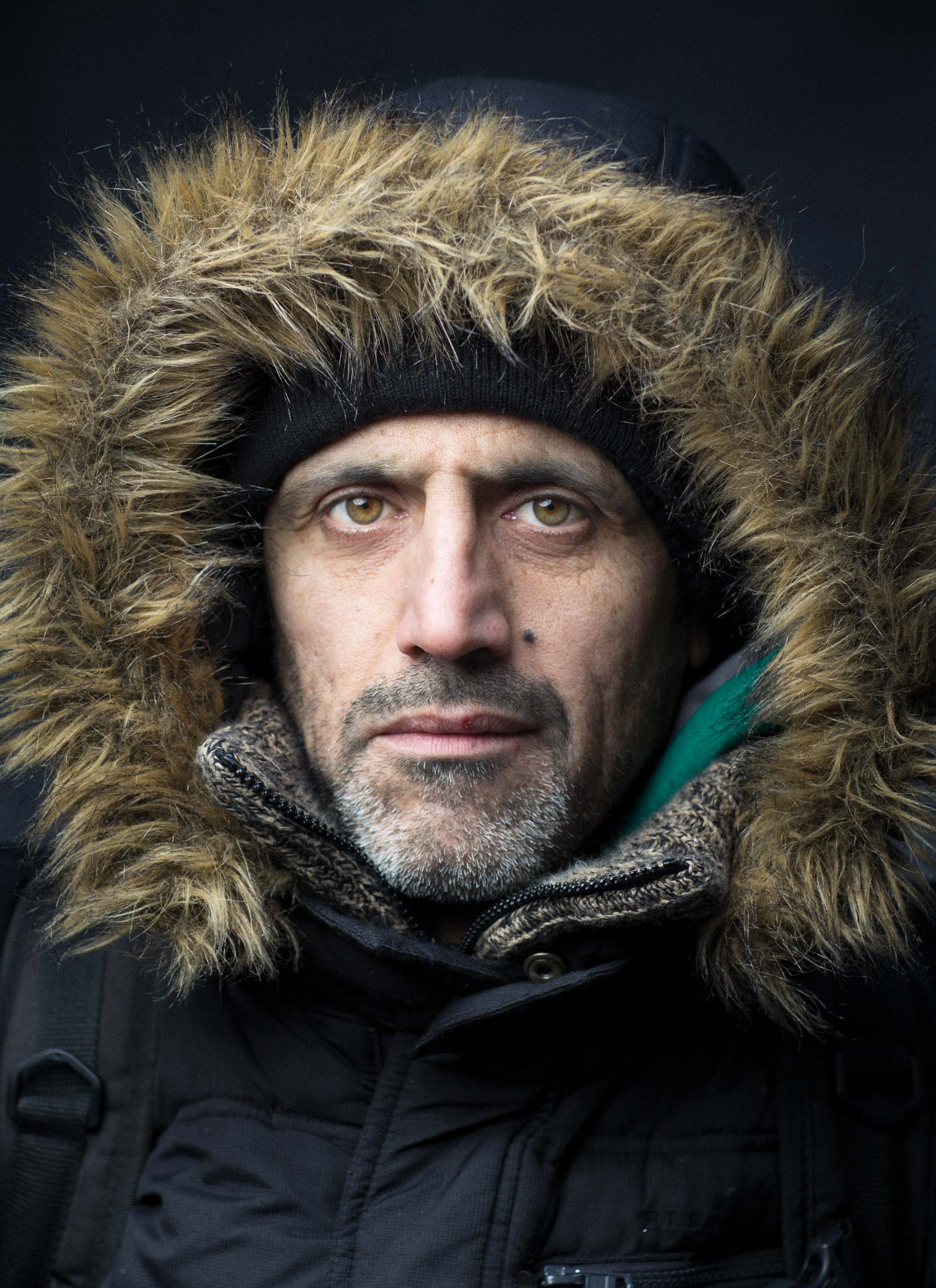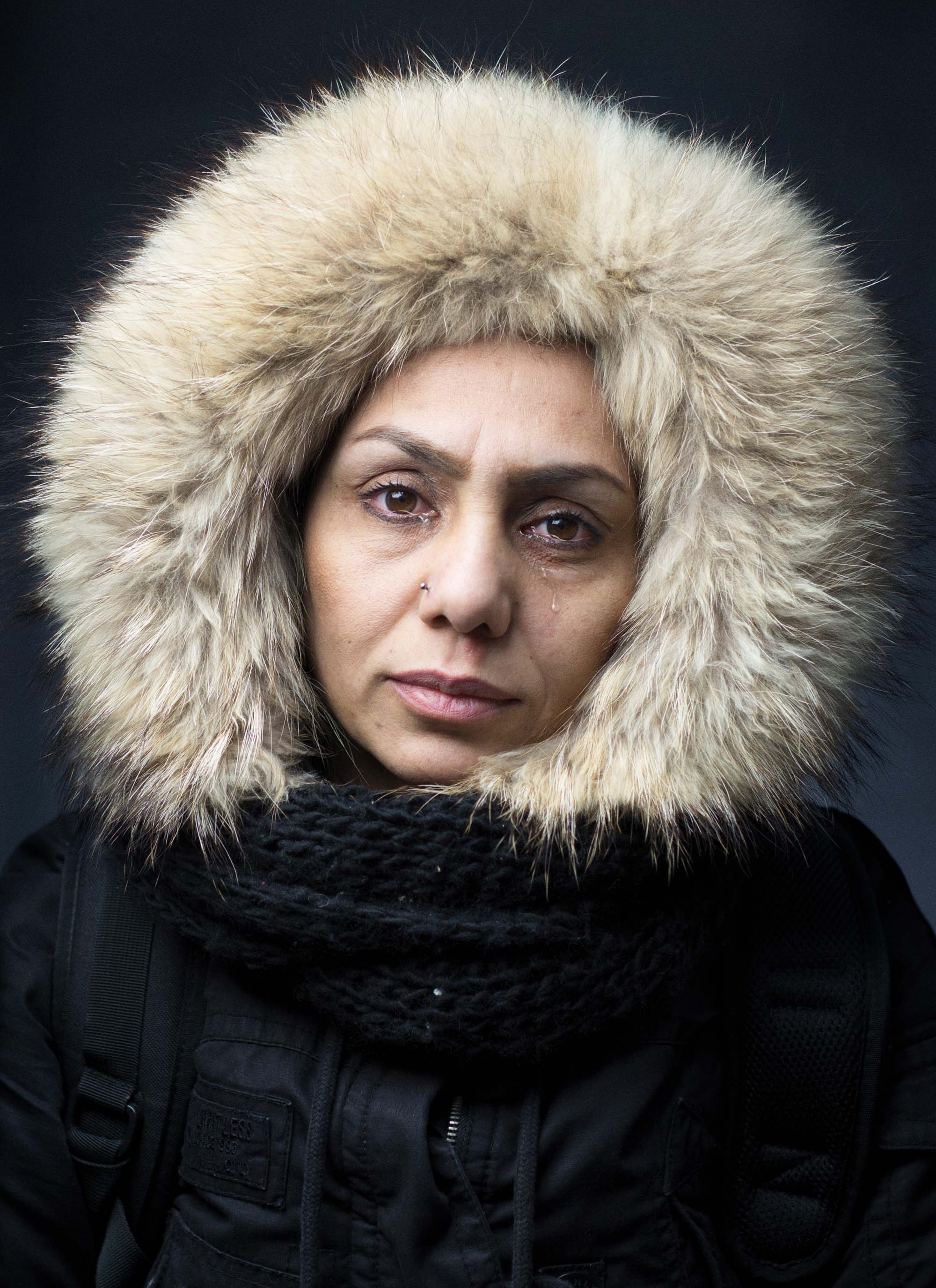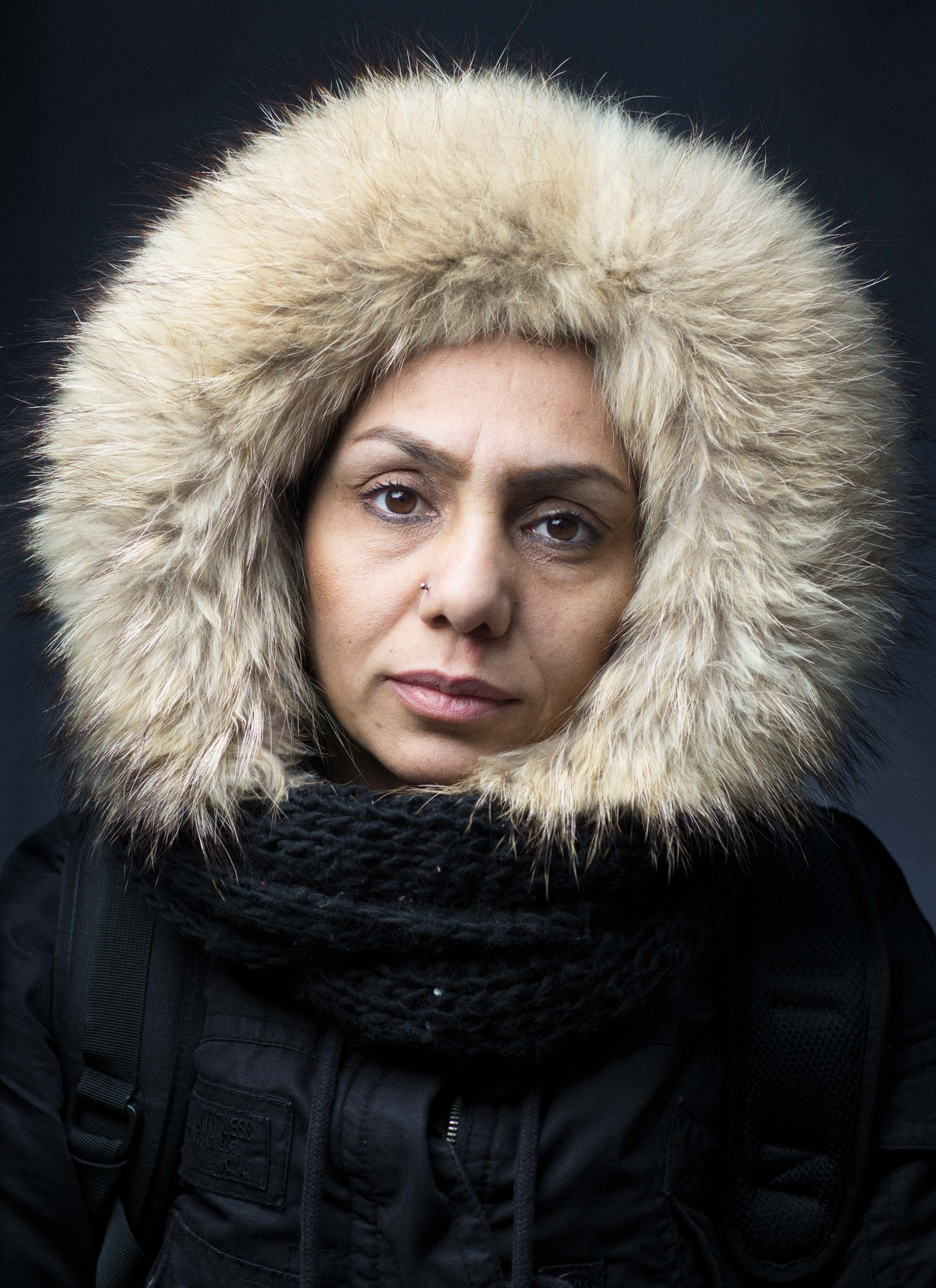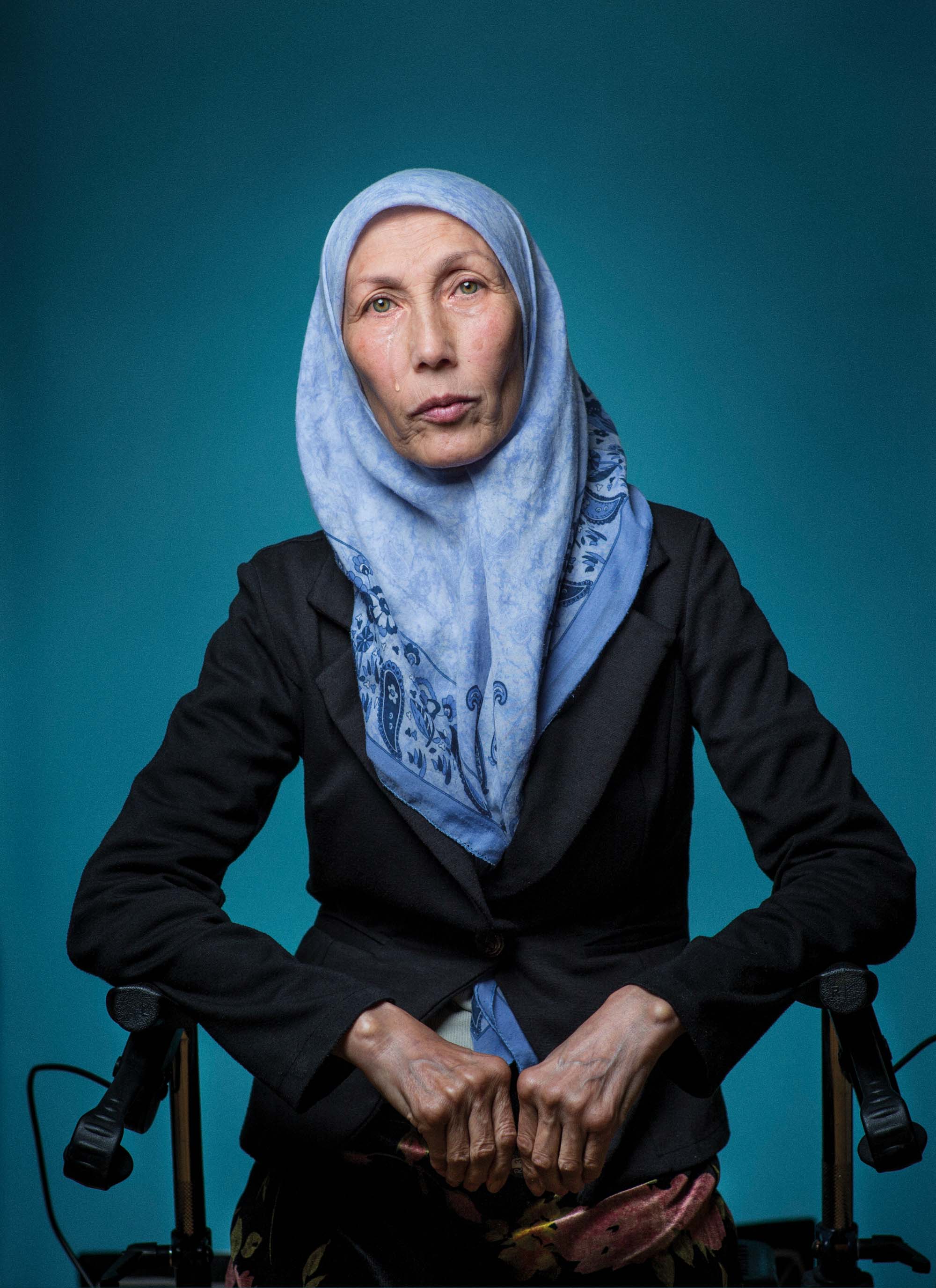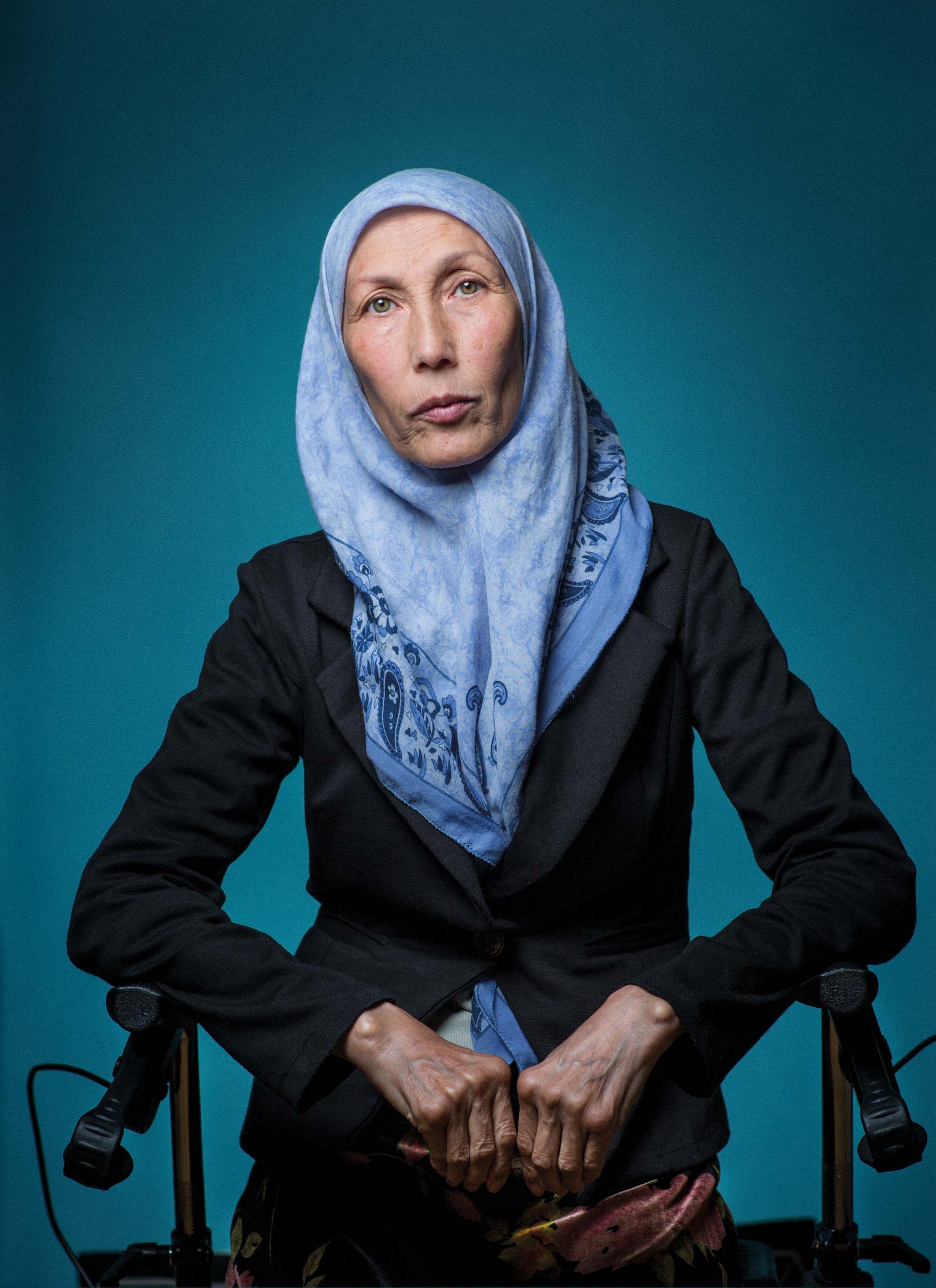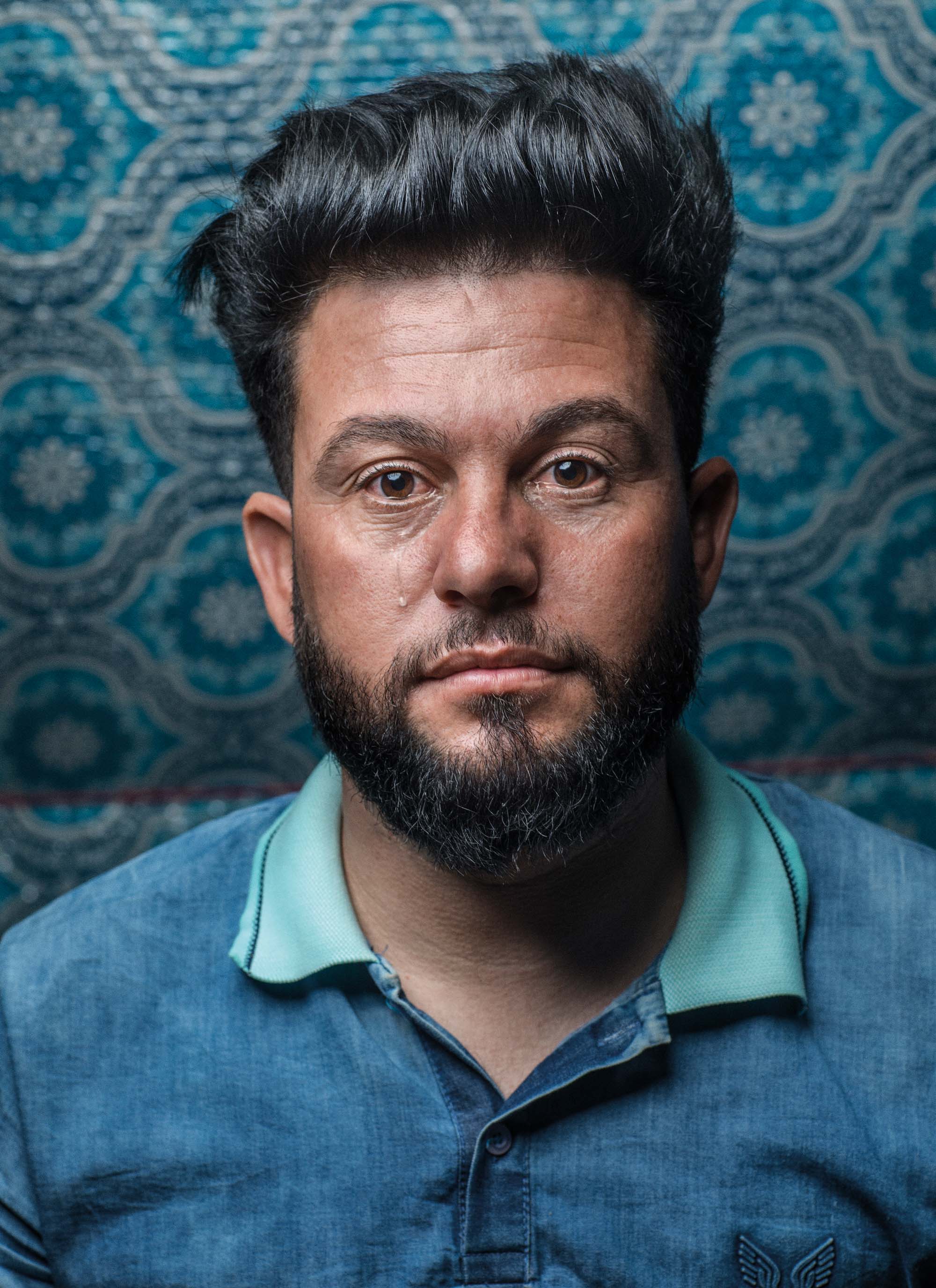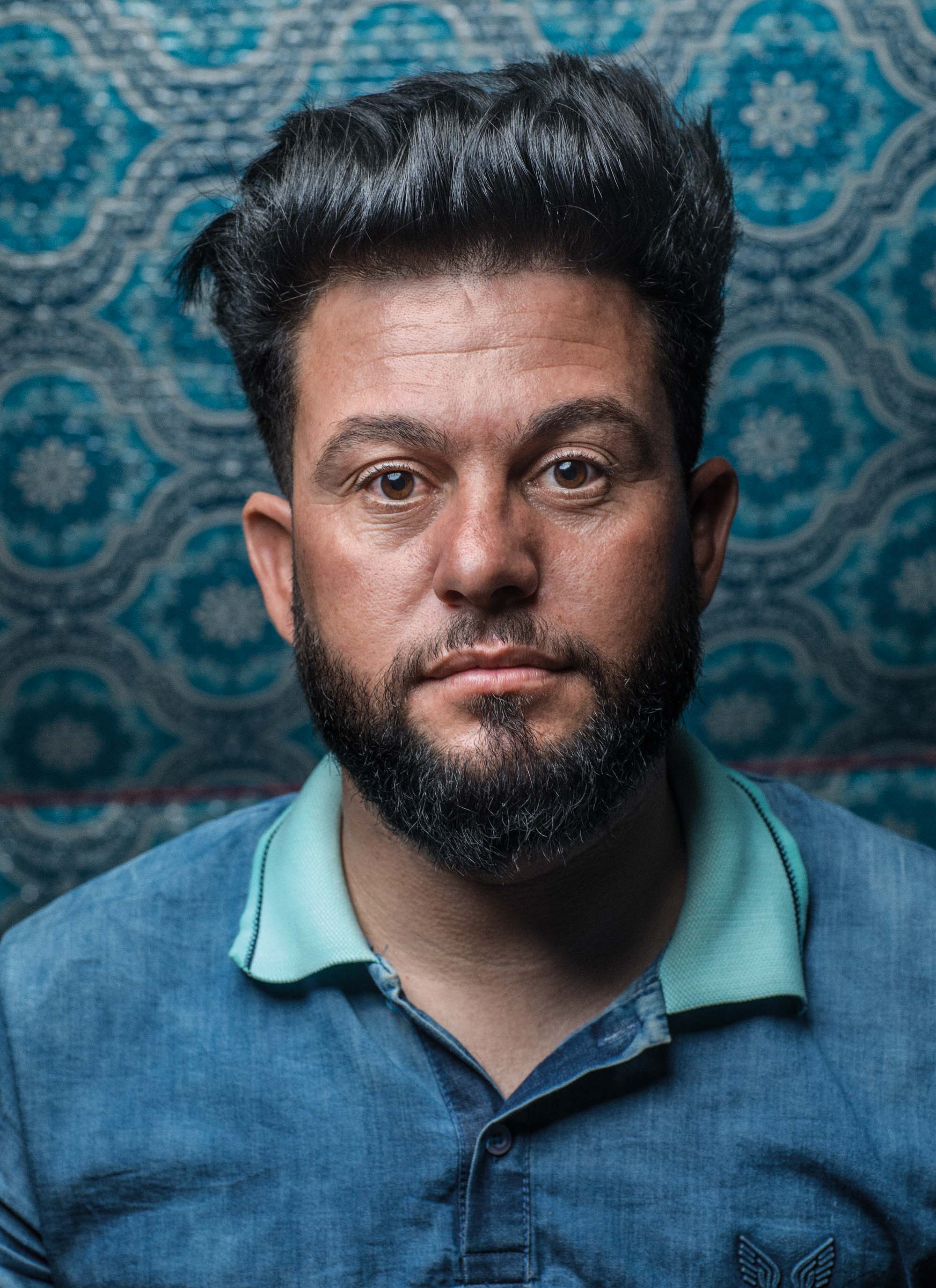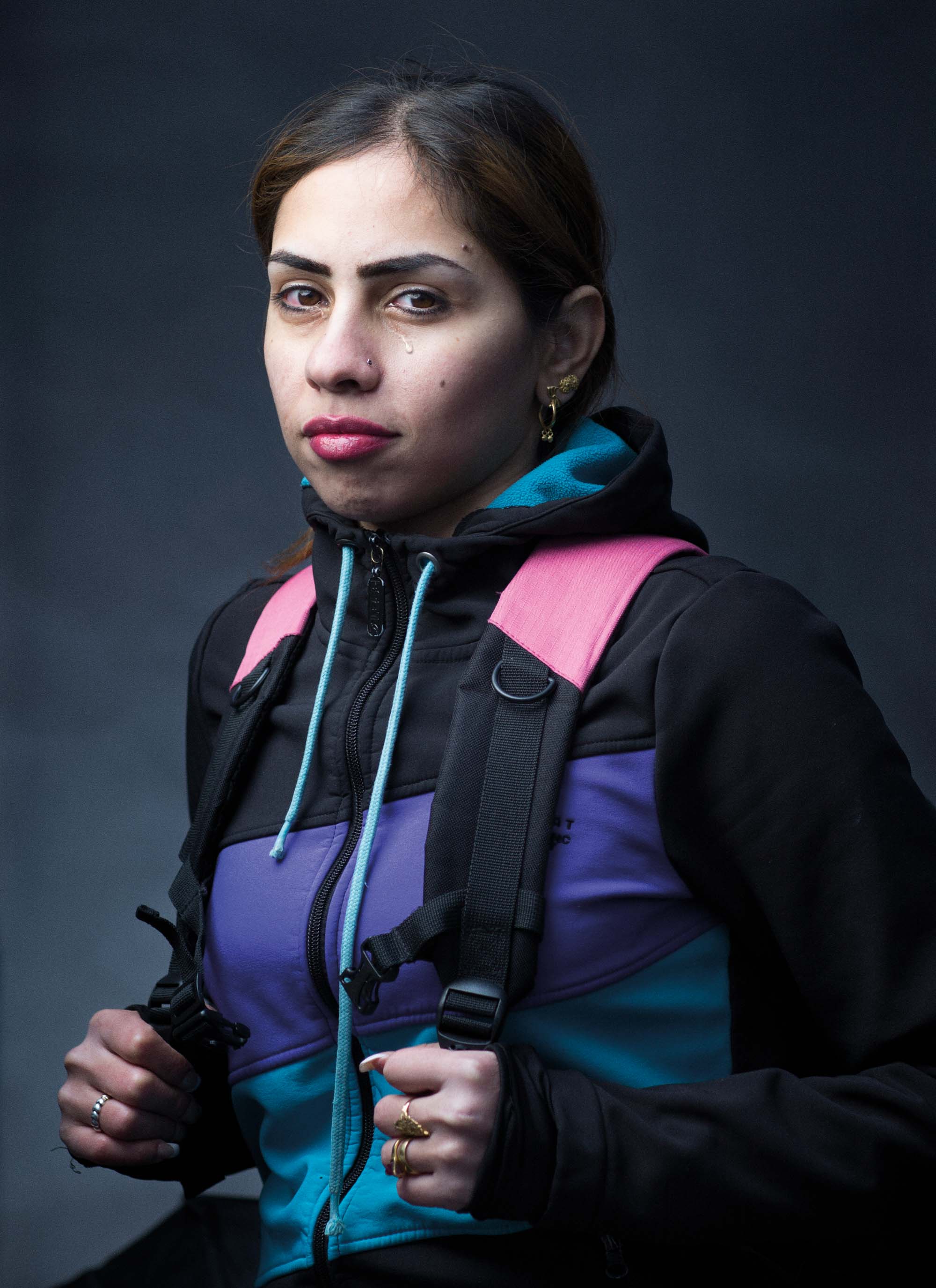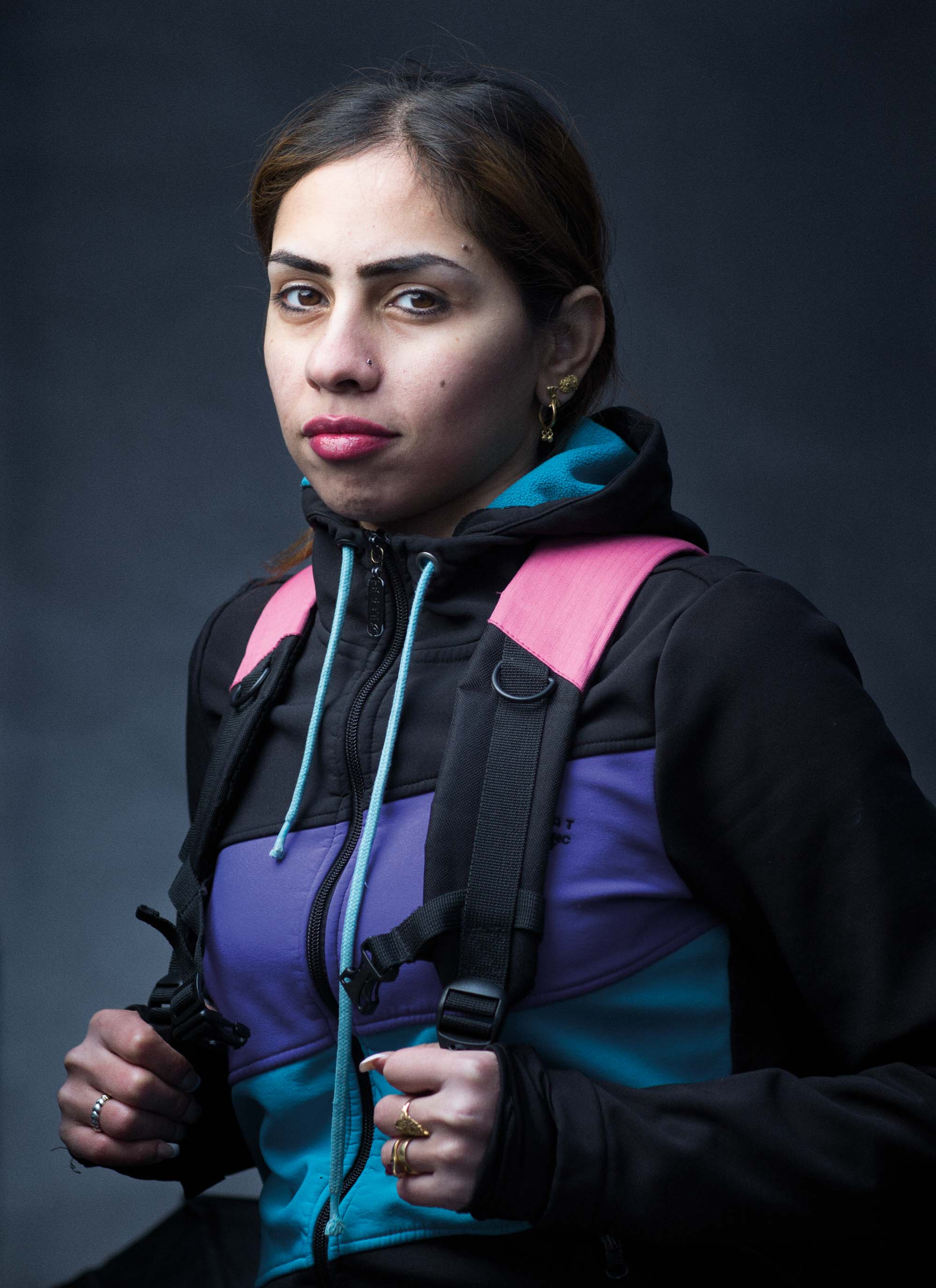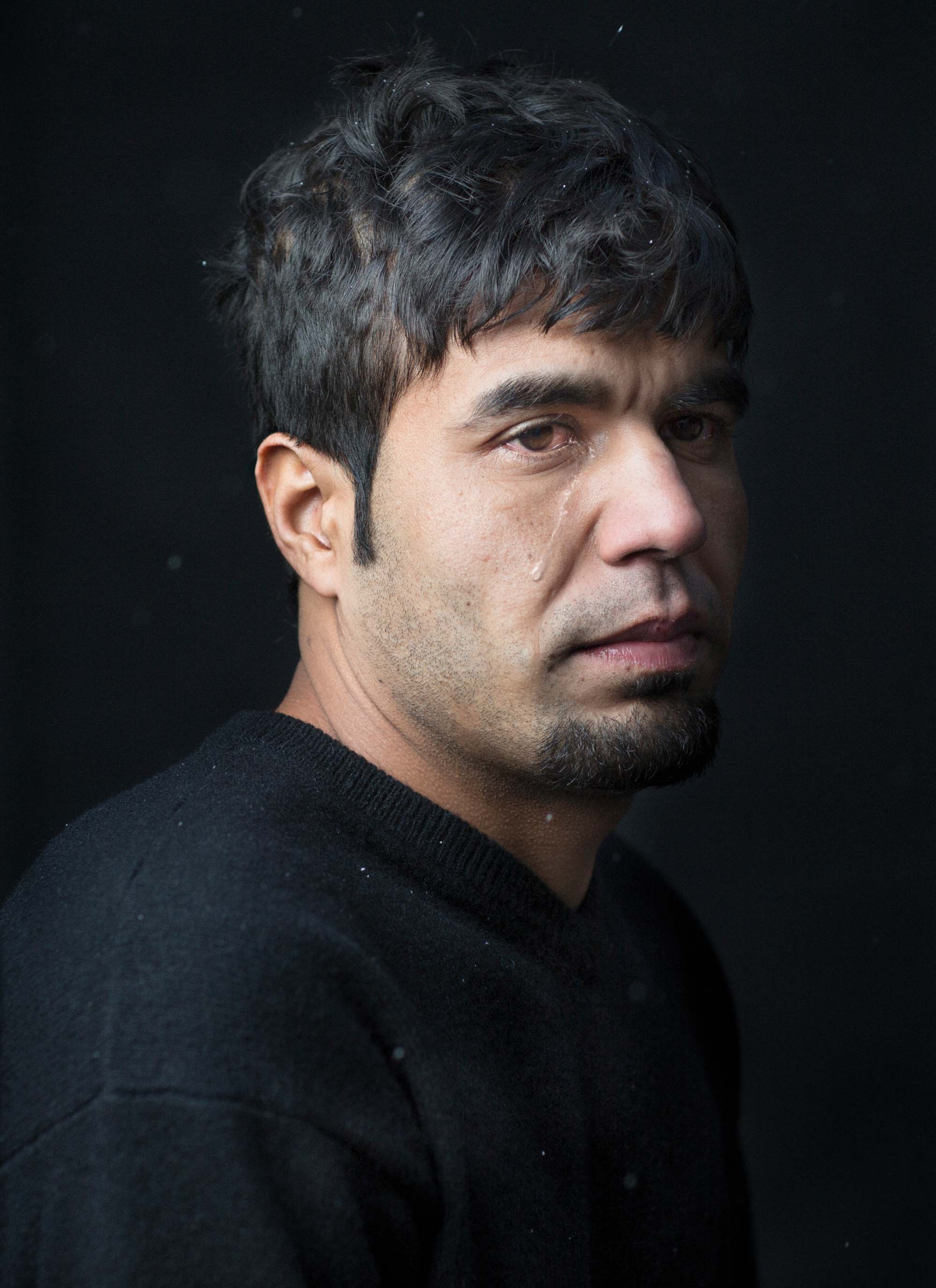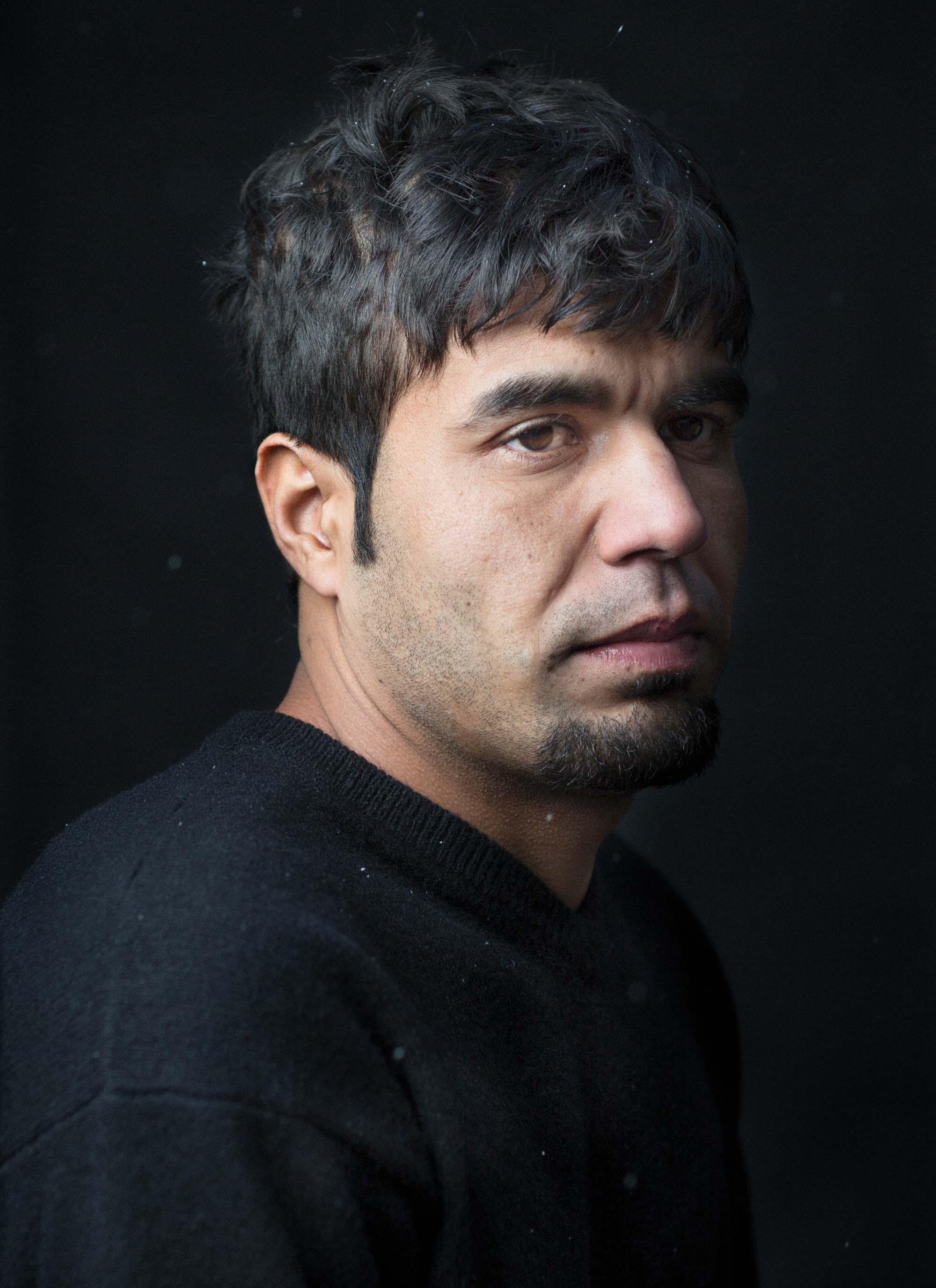Unspoken stories
At the library at Utrecht University
Research study
About
Unspoken Stories
An exhibition-based experiment
Tears are vehicles for bonding between individuals. Tearful faces are particularly frequent in mass media portraits of refugees. To examine the effect of tearful images of refugees on solidarity with them, researchers from Utrecht University and Refugee.Today jointly launched an exhibition-based field experiment.
This study is part of the larger TEARAID project examining the effects of emotional tears on prosocial behavior offered to refugees. We aim to help understand how depictions of refugees affect perception, emotions and behavior towards this group.
In this study, we wanted to see how people respond to different representations of refugees. Specifically, in the experiment in which you participated, we have invited visitors to see one of the two versions of the exhibition. Some participants have seen images of refugees shedding tears while others have seen the same people not showing tears. The aim of this experiment was to see whether the type of emotional content has an influence on participants’ willingness to help refugees.
Example of manipulation with tears. Portrait BY MARTIN THAULOW
Stories & examples
Below you can see both versions of the 10 photographs, as well as read the real stories of the people shown in the portraits.
Kibrom is a refugee from Eritrea. He fled the brutal regime that is classified as the North Korea of Africa. He is a victim of torture and have lost family members killed by the regime.
Portrait BY MARTIN THAULOW
Kafshe is a Yazidi. She lives in a refugee camp as an internally displaced in Iraq. She suffers from the concequences of extreme poverty. She survived ISIL's genocide against the Yazidi people in Sinjar.
Portrait BY MARTIN THAULOW
Hayder fled from Iraq. In 2016 he was rejected asylum in Finland and ended up in the streets due to new laws. Later he got asylum in FI, as he couldn't be extradiated. Sadly he drowned in a Finnish lake a year after.
Portrait BY MARTIN THAULOW
Pavin fled Iran with her husband and two children and arrived in Denmark in 2015. Her husband was wanted by the police after participating in a demonstration against the police's rape of a kurdish girl.
Portrait BY MARTIN THAULOW
Mohammed fled to Finland with his wife, and their 7 kids. He, his wife and five of their children got political asylum. The remaining two children didn't due to being over 18 and were in danger of being deported back to Iraq.
Portrait BY MARTIN THAULOW
Shakor is the wife of Mohammed. The whole family suffered from depression, anxiety and despair, when the two oldes children were in danger of being deported back to Iraq. They all took part in a sit-in demonstration at the main square in Helsinki against the Finnish Government. It lasted for more than 250 days.
Portrait BY MARTIN THAULOW
Zobeida fled Afghanistan with her son because of Taliban. Her son was extradited to Afghanistan, where he was sent to prison. She was waiting 4 years in an asylum center in Denmark and was rejected. She later fled to Germany.
Portrait BY MARTIN THAULOW
Raad survived ISIL's genoside of the Yazidi people in Sinjar, August 2014. Today he is internally displaced as 3 mill others alone in Iraq. He lives in extreme poverty right next to a polluting oil field. When it rains people in the camp get oil on them.
Portrait BY MARTIN THAULOW
Hanen fled from Iraq. In 2016 she was in danger of being deported back to Iraq due to new laws in Finland. She was participating in a sit-in demonstration for 250 days. Every week approximately 50 people were rejected. Suicide rates sky rocketed among asylum seekers. The week this portrait was taken 6 attemopts were made one of them died.
Portrait BY MARTIN THAULOW
Rasouli at Rautatientori Square in Helsinki. Rasouli fled the horrific situation in Iraq, and was one of the many rejected asylum seekers who ended up in the streets due to new laws in Finland. He was part of the ongoing sit-in demonstration that lasted for more than 250 days at the square.
Portrait BY MARTIN THAULOW
Info
Partners / collaborators / Funding
If you would like more information about this study, please contact the researcher Dr. Magdalena Bobowik [m.bobowik@uu.nl]. If you prefer, you can reach out to an independent contact person, Dr. Jochem Thijs [email: j.t.thijs@uu.nl].
Funded by the European Union’s Horizon 2020 research and innovation programme under the Marie Skłodowska-Curie grant agreement No 896377 and by Migration and Societal Change Focus Theme, Utrecht University
Portraits & stories by Martin Thaulow
Manipulation of tears Patryk Matela
Collaborators Refugee Today / Utrecht University / Aarhus University
Supported by Marie Curie Actions / Utrecht University

